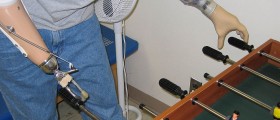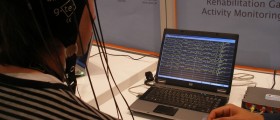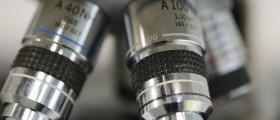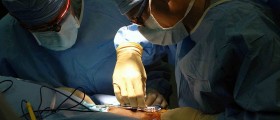What Does Bionics Stand for?
Even though most of us have heard about this expression in science fiction novels and movies, today, bionics is slowly getting closer to our reality. It is a real science which is advancing greatly, offering technological solutions which improve everything invented beforehand significantly.
Basically, bionics is a type of science which tends to technologically mimic nature in order to use it productively. For example, this might mean building sea vessels based on aqua-dynamics of certain fish, or making new, resistant materials based on the hides and skin of certain animals.
However, there is one part of bionics which is exceptionally amazing. This is prosthetics, where scientists replicate limbs which can be implanted onto people who have lost their original ones. Bionic limbs get connected to the nerve endings on the existing limbs of the amputees and can be moved by brain impulses, as if they were natural ones.
Bionics and Prosthetics
Throughout the years, until nowadays, people who have lost their limbs were forced either to live using various tools which enabled them to walk, or to wear artificial limbs which were stiff and still, fixated onto the lost limb in the form of a peg or a hook. However, many times, the brain of the amputee does not lose perception of the lost limb. This phenomenon, known as the phantom limb, can be quite painful for the amputees, since they feel the limb even though it is not there, enduring severe pain.
Today, groundbreaking progress has been made in the field of bionics. Nevertheless, there is still much work to be done. The main task of scientists who develop bionics is making exceptionally functional artificial limbs and connecting these to the nerves of the human body, allowing natural control of the movements.
So far, the procedure has been done on several people, with magnificent results. A man who has lost both of his arms in an accident, was a part of the bionics testing and is now capable of using his prosthetic limb for performing house chores with utter success. He controls the limb with his mind, as if it is an organic one.
Unfortunately, there are cases where the nerves are pinched or blocked and do not reach the amputee's limbs anymore. Luckily, a new device is being developed. It is some kind of a brain computer which reads brain neurons directly and transfers them to the bionic limb.
All the groundbreaking discoveries have lead to the advancement of bionics into making artificial eyes, ears and other parts of our body, working their way into a possibility of creating internal organs one day.

















Your thoughts on this
Loading...